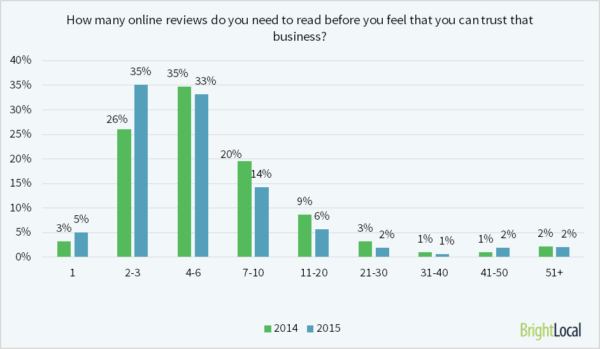Reviews: The Village of the 21st Century
There is wide understanding that reviews have become crucial for businesses that want to attract potential buyers over the Internet.
Today, many buyers read on-line reviews first to find a quality business, and after finding a quality business, they go directly to that business’s Web site.
This is a huge change in shopping habits! The traditional approach is to start with a search engine, then look at Web sites that the search engine presented in the first one or two pages of results. Every business wanted to appear on page one or two of search engine results. Today, it’s increasingly important to win in the new field of competition: on-line reviews.
Here’s the quick version of the story. Following this summary is a presentation of survey data that shows the details behind each conclusion.
- The Internet is Used to Find Local Businesses
- The Internet is Used to Find All Kinds of Local Businesses
- On-Line Reviews Are Used as a Quality Measure
- More reviews lead to more confidence
- More stars lead to more business
- Shoppers trust on-line reviews
- After reading reviews, they visit the Web site
1. The Internet is used to find local businesses, and often
Today, the Internet has become an important method for consumers to find a local business, not just a national brand. The BrightLocal survey in 2015 found these results:

The proportion of people using the Internet to find a local business almost every day doubled from 2013 to 2014! Now, two years later, the number is no doubt much higher.
2. The Internet is Used to Find All Kinds of Local Businesses
Just in case you thought the Internet was used just for tanning salons and dog-walking services, look at the vast range of business types that consumers looked for using the Internet:
 source: BrightLocal 2014 Survey
source: BrightLocal 2014 Survey
Look at this list! Food service, medical and dental, hotels, tradesmen, and on and on. Traditionally, search was used to find businesses on the Internet. What’s increasingly used today? Reviews!
3. Almost Everyone Checks Reviews
Increasingly, on-line reviews are used as a measure of the quality of a business.

Source: Street Fight, 2012
This chart shows that 88% of survey respondents have read reviews to determine the quality of a local business. 88%! Most of your prospects who are using the Internet to find local businesses are using your on-line reviews to measure the quality of your company!
4. More reviews lead to more confidence
The trend is for readers to want to read more reviews in order to have confidence in their assessment of a company’s quality.

You’ll need 6 reviews to convince 67% of consumers, and 10 reviews to convince 85% of consumers. Consumers read more reviews in 2014 to become convinced of the quality of a company than they did in 2013.
5. More stars lead to more business
You want to have at least six reviews but ten is better. How many stars do you need to attract most customers?

Source: BrightLocal 2015.
This chart shows us that 94% of consumers will deal with a business with at least four stars, and 57% will use a business with just three stars overall. At the other end of the scale, only 6% will use a business with just one star, and two stars doesn’t improve things by much.
Do On-Line Reviews Affect Consumer Opinions?
Do consumers really form opinions based on on-line reviews?

Source: BrightLocal 2015
A shrinking number of consumers don’t pay attention to on-line reviews. In 2014, that was only 10% of the total; meanwhile, 72% say that positive reviews make them trust a business more. If your business has poor (or not enough) on-line reviews, you’re making a bad impression on 72% of your prospects!
6. Shoppers trust on-line reviews

Source: Anderson, M. “Local Consumer Review Survey.” 2012
On-line reviews are trusted, although there is the growing problem of fake reviews and their negative impact on credibility of all reviews.
7. After reading reviews, they visit the Web site

After reading reviews, only 21% of shoppers continue shopping–for all the rest, the end of the review process marks a big step toward making a purchase.
